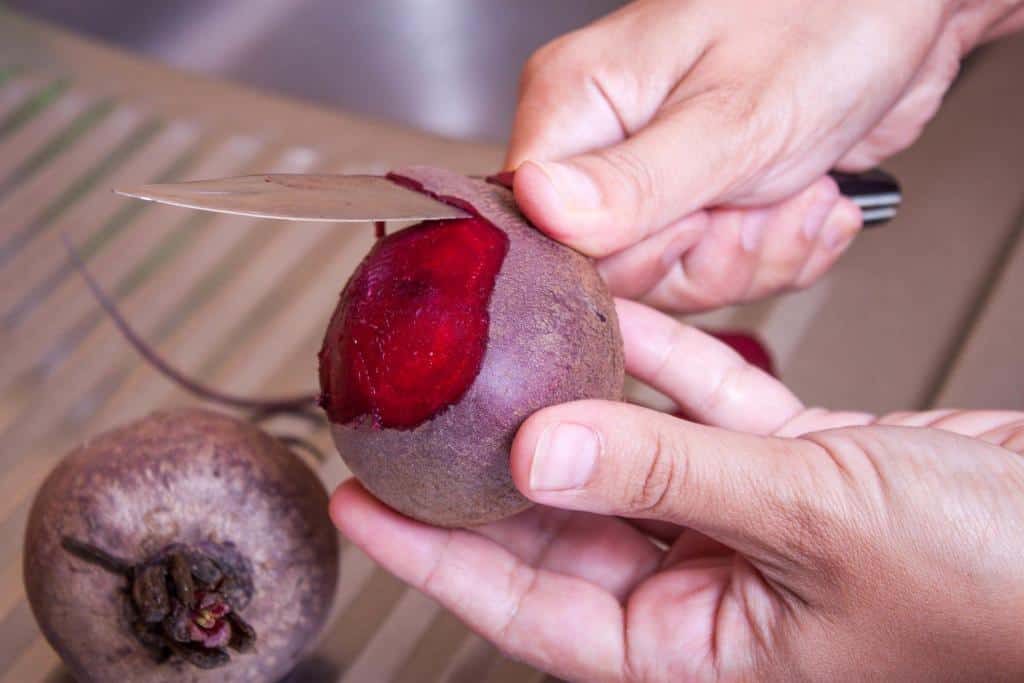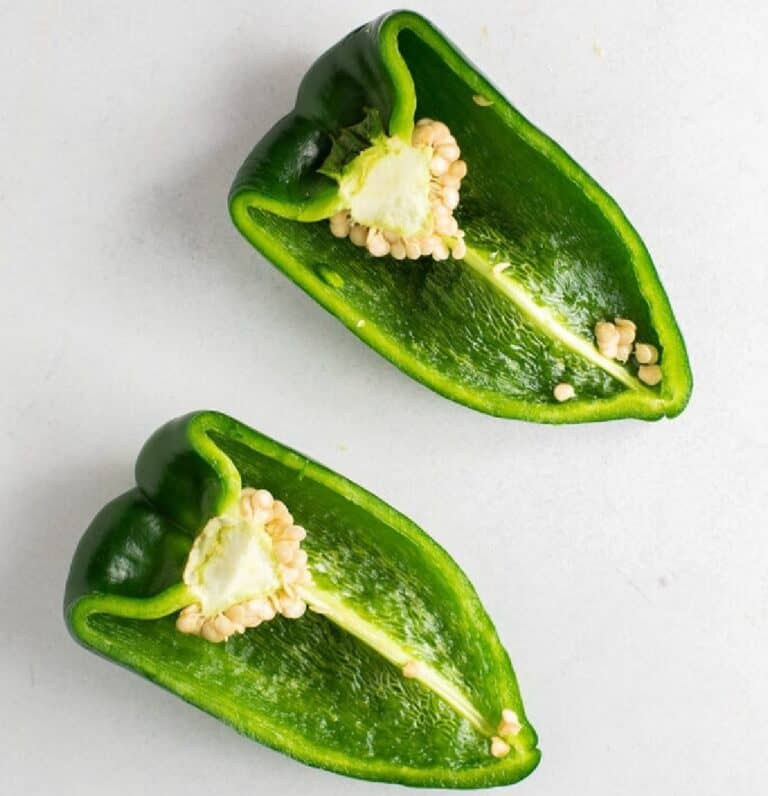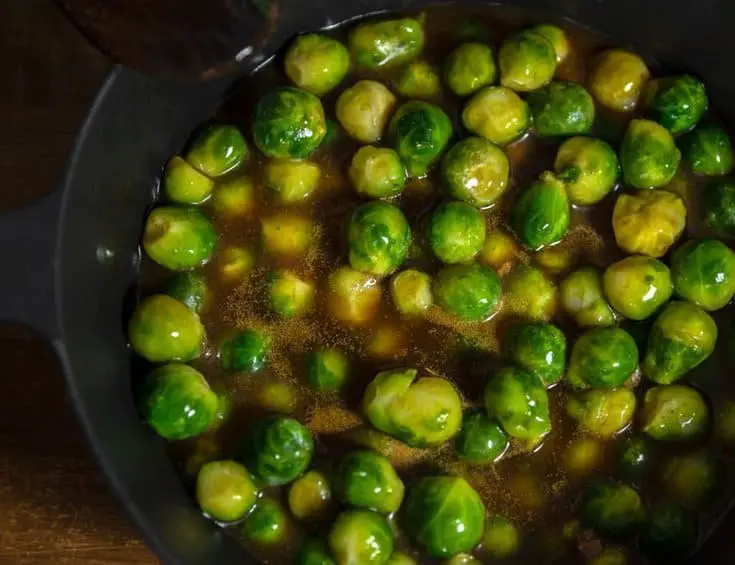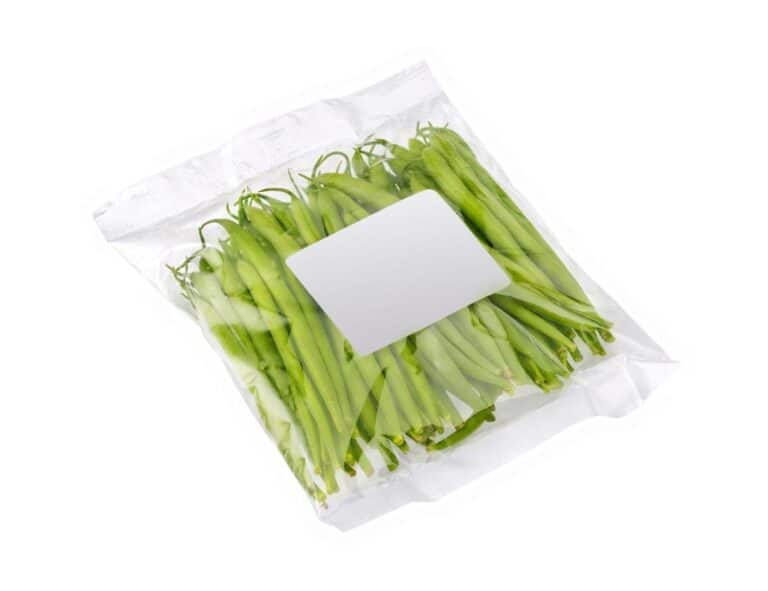Can You Eat Beet Skin Raw? What Does Beet Skin Taste Like?

Beets are not only a delicious and healthy root vegetable but also an extremely versatile one. You’d be surprised at how many parts of a beet are edible. You can use every single part of the beet, from the root to the leaves, in a variety of dishes.
The root of the beet can be roasted, boiled, or pickled and used as a side dish or in salads. The leaves can be cooked like spinach or used raw in a salad. The stem can be peeled and eaten raw or cooked. And even the flowers are edible!
But can you eat beet skins raw? Beet skin is one of the many sections of the vegetable that may be eaten whole. The skin may be used in a variety of ways and has a lot of important nutrients. Beet peels may be used to make delectable, savory beet chips or added to soups and stews.
So next time you see beets at your local grocery store or farmers market, don’t hesitate to pick some up. You’ll be surprised at how many different ways you can use this humble vegetable.
Can You Eat Beet Skin Raw?
Beet skin is often discarded, but it is actually edible and has a number of health benefits. Beet skin is a good source of fiber and antioxidants, and it can help lower cholesterol and blood pressure.
When buying beets, look for ones with smooth, shiny skins. Avoid beets with blemishes or bruises, as these may indicate that the beet is old.
Beet skins can be eaten raw or cooked. To eat beet skin raw, simply wash the beet and cut off the ends.
We recommend cooking the skin, though, because the raw version may taste very pungent, have a hard texture, and be a little bitter for most people. So it’s best for us if we boil them before consuming them.
Is It Safe to Eat Beet Skin Raw?
You can stop worrying about whether they are safe to eat for the time being. In fact, it’s a good idea to eat the skin of beets whenever possible. Here’s why:
The skin of beets is packed with nutrients like fiber, potassium, and magnesium. It also contains compounds that can help protect your body against disease.
Eating the skin of beets can also help you get more antioxidants in your diet. These nutrients are essential for good health and the prevention of chronic diseases.
So go ahead and eat the skin of beets the next time you have them! It’s good for you and tastes delicious.
What Does Beet Skin Taste Like?
Beet skin is often overlooked as simply inedible or even unpleasant. But what does it actually taste like?
For the most part, beet skin tastes earthy and slightly sweet. It can also have a slightly nutty flavor, depending on the type of beet. And while the skin itself is fairly thin, it can be tough and chewy.
So if you’re curious about what beet skin tastes like, go ahead and give it a try! Simply cook it first to soften it up. You can roast, boil, or steam beets with their skin on. Or you can peel the skin off before cooking, if you prefer.
How To Prepare Beet Skin for Eating
It’s important to clean beets before eating them. Here’s how to prepare beet skin for eating:
- Rinse the beet skins thoroughly under running water.
- Use a vegetable peeler or paring knife to remove any remaining dirt or debris from the skins.
- Cut the skins into thin strips or small pieces, and then cook them in boiling water for 3-5 minutes.
- Drain the cooked beet skins and add them to your favorite salad, soup, or other dish.
- You can also eat beet skins raw, if you prefer. Just rinse them well and then slice or dice them into small pieces before adding them to your dish of choice.
Do You Have To Peel Beets?
No, you do not need to peel the beet skin. The skin is thin and edible, and peeling it would remove many of the nutrients that are found just under the skin.
Peeling them is a personal preference, so do what you think is best for your dish. Though they’re safe to eat without peeling or cleaning, doing so ensures you’re getting the most out of your beet.
The skin of a beet can contain dirt, bacteria, and other impurities. By peeling the skin, you can get rid of these harmful things and enjoy the healthy vegetables underneath.
Additionally, the skin of a beet is tough and difficult to chew. Peeling it makes it easier to eat and digest.
What Is the Simplest Way to Peel Beets?
There are a few different ways to peel beets, but some are definitely easier than others. For instance, you can use a vegetable peeler—like the one you use when peeling carrots—which is probably the quickest and easiest option. You could also use a paring knife, but that will take a little more time and effort.
If you’re looking for the easiest way to peel beets, though, your best bet is to cook them first. This will soften the skin and make it much easier to remove.
Simply boiling or roasting the beets for 20–30 minutes should do the trick. Once they’ve cooled down enough to handle, you should be able to slip the skin right off.
How To Store Beet Skins
If you have fresh beet skins, the best way to store them is in the fridge. Wrap them tightly in plastic wrap or place them in a covered container. They will last for up to a week this way.
If you have cooked beet skins, they can be stored in the fridge for up to four days. Place them in a covered container or wrap them tightly in plastic wrap.
You can also freeze cooked beet skins. Wrap them tightly in plastic wrap or place them in a freezer-safe container. This method will keep them fresh for up to six months.
| With proper storage, your beet skins should last for several months. When you’re ready to use them, simply chop them into small pieces and add them to your favorite recipes or eat them raw. |
Tips to Tell If Beets Have Gone Bad
Like all fruits, beets can go bad if they are not properly stored or if they are past their prime. Here are some tips to tell if beets have gone bad:
- If the beets are wilted or have brown spots, they should be discarded.
- If the beets feel mushy or slimy, they have gone bad.
- If the beetroots have an off-putting smell, they should not be eaten.
Generally speaking, fresh beets should have a firm texture and a vibrant color. The skin of the beet should be smooth and shiny. If it is dull or wrinkled, this is a sign that the beet is no longer fresh.
If your beets don’t meet these criteria, it’s best to toss them and get new ones. You can enjoy fresh and healthy beetroot dishes all season long if you keep these tips in mind!
Conclusion
Beet skin is thin and delicate, with a slightly sweet flavor. When cooked, it becomes tender and can be eaten whole. Beet skins are a good place to get fiber, vitamins A and C, and other nutrients that our bodies need. They can be enjoyed roasted, sautéed, or raw. There are many health benefits to eating raw beets.
In conclusion, beet skin is safe to eat raw and has a slightly sweet taste. While the skin of some fruits and vegetables may contain harmful toxins, beet skin is not one of them. So go ahead and enjoy a healthy snack of raw beet skins!






